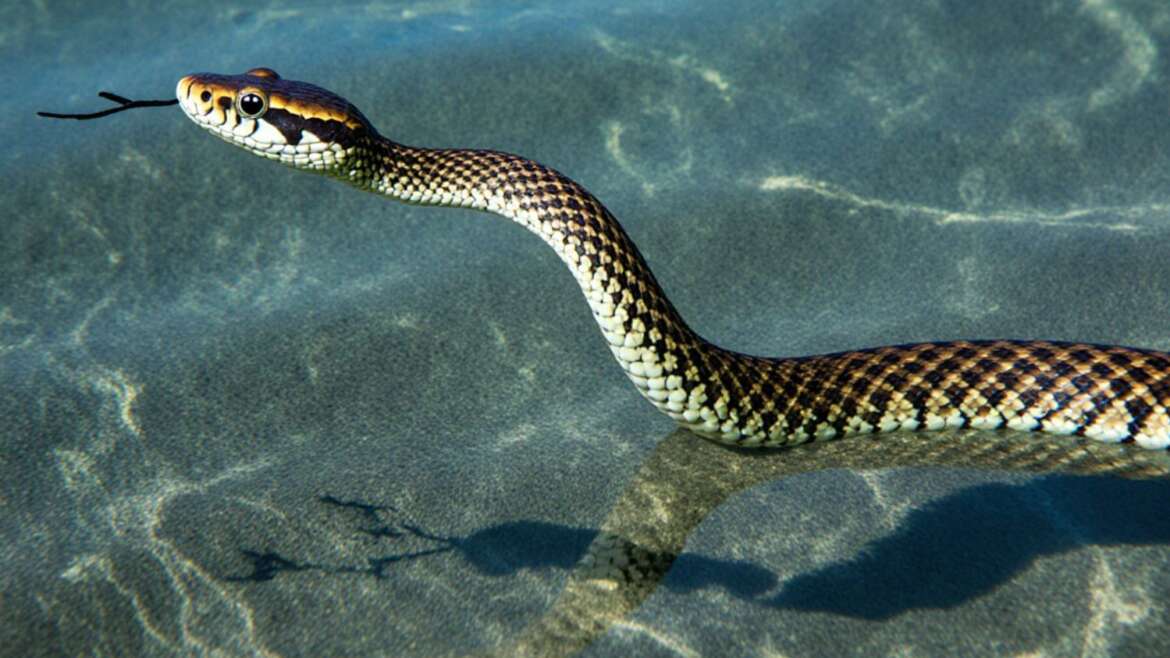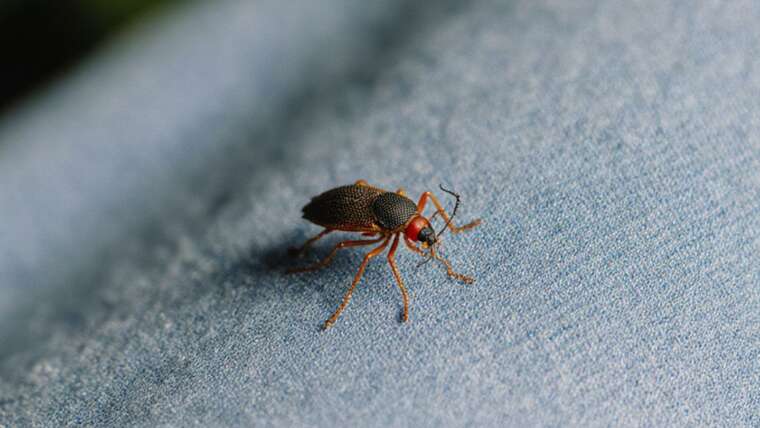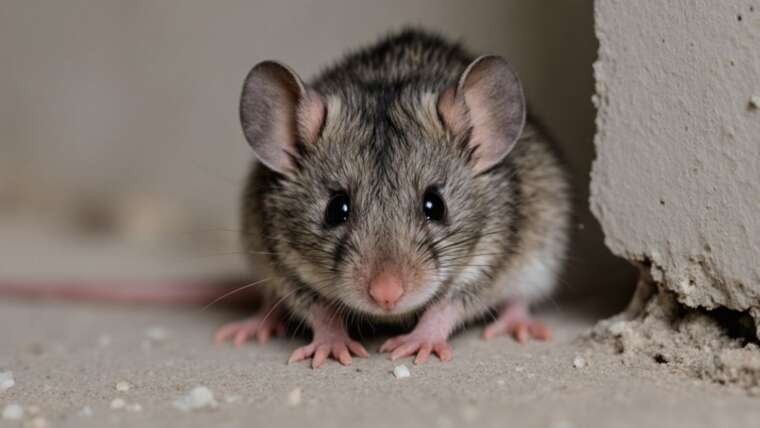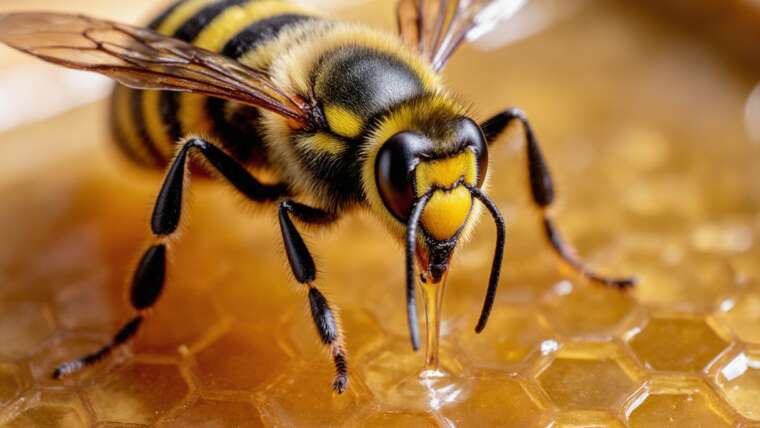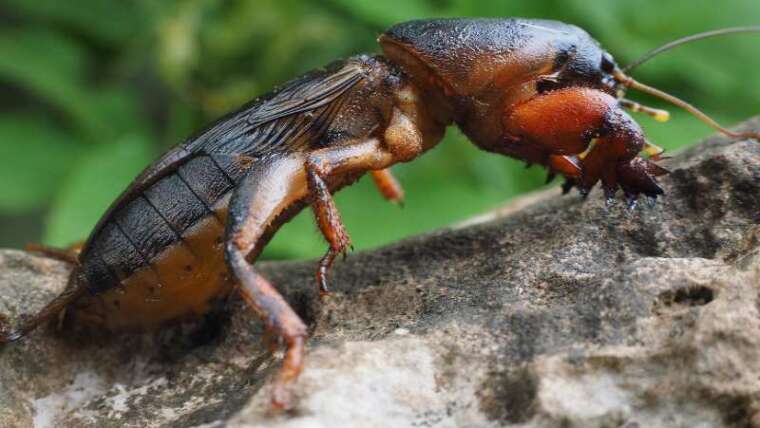When you jump into a lake or kayak down a river, the last thing on your mind might be the presence of snakes lurking nearby. Yet, certain snake species are often found living in or around ponds, lakes, rivers, swamps, and marshes. Understanding the dynamics of snake behavior in these bodies of water is essential for anyone who enjoys aquatic activities. So, can snakes actually bite underwater? Let’s take a deep dive into this intriguing topic.
Can Snakes Bite You Underwater?
If you’re keen on swimming in waters where snakes have been sighted, it’s important to equip yourself with knowledge. Snakes are indeed capable of biting underwater, but typically they only do so if provoked or feeling threatened. Research published in the *Tropical Journal of Medicine and Hygiene* examined 100 patients who presented with sea-snake bites, discovering that over 80% were fishermen who had been in the water. The study concluded that the majority of bites occurred when individuals unintentionally stepped on a snake. Regardless of a snake’s venom status, a bite can occur if it feels cornered. Always heed the advice offered by the University of Florida Department of Wildlife Ecology and Conservation: keep your distance and leave snakes alone when you encounter them, whether in water or on land.
Tip: Always swim with a buddy; increased awareness can help you both spot potential dangers, including snakes.
Which Snakes Are Found in Water?
In addition to the infamous sea snakes, two common types of snakes inhabit water-adjacent areas: the cottonmouth (or water moccasin) and the water snake. While they can bite underwater, cottonmouths are among the more than 20 species of venomous snakes found in the United States, increasing the risks associated with swimming in their habitats. Most bites occur when snakes are handled or inadvertently threatened, so it’s vital to avoid any direct interaction. For instance, Northern Water snakes, while non-venomous, harbor bacteria in their mouths that pose a health risk. Always exercise caution around snakes to minimize the chance of being bitten.
Tip: Use binoculars to observe snakes from a safe distance, allowing you to appreciate their behavior without putting yourself in harm’s way.
Do Poisonous Water Snakes Swim and Float?
Interestingly, while all snakes can swim on the water’s surface, venomous water snakes possess the ability to float when they are stationary. In contrast, non-venomous species tend to sink just below the water’s surface, with only their heads remaining visible. This floating capability can be crucial for survival, as it allows venomous snakes to remain in one place, ambushing their prey without detection.
Tip: If wildlife observation intrigues you, try visiting lakes at dawn or dusk when snakes are more likely to be active, increasing your chances of a sighting.
Are Water Moccasins Aggressive?
Water moccasins, one of the most recognized venomous snake species, often invoke fear due to their reputation. But how aggressive are they really? A study conducted by researchers at the University of Georgia explored this question. They subjected water moccasins to various stressors, such as having a person approach them with a “snakeproof” boot, stepping on them, or lifting them using specialized tongs. The results showed that out of 45 tested, while 23 snakes attempted to escape and a majority displayed defensive behaviors, only a minority resorted to biting. These findings challenge the common belief regarding their aggressiveness; water moccasins are likely to only act defensively when threatened. It’s advisable to always exercise caution around any snake, and if one is spotted in your vicinity, consider calling a wildlife professional for safe removal.
Tip: Learn to identify snake habitats and behaviors; knowledge can empower you to appreciate wildlife while also keeping yourself safe.

